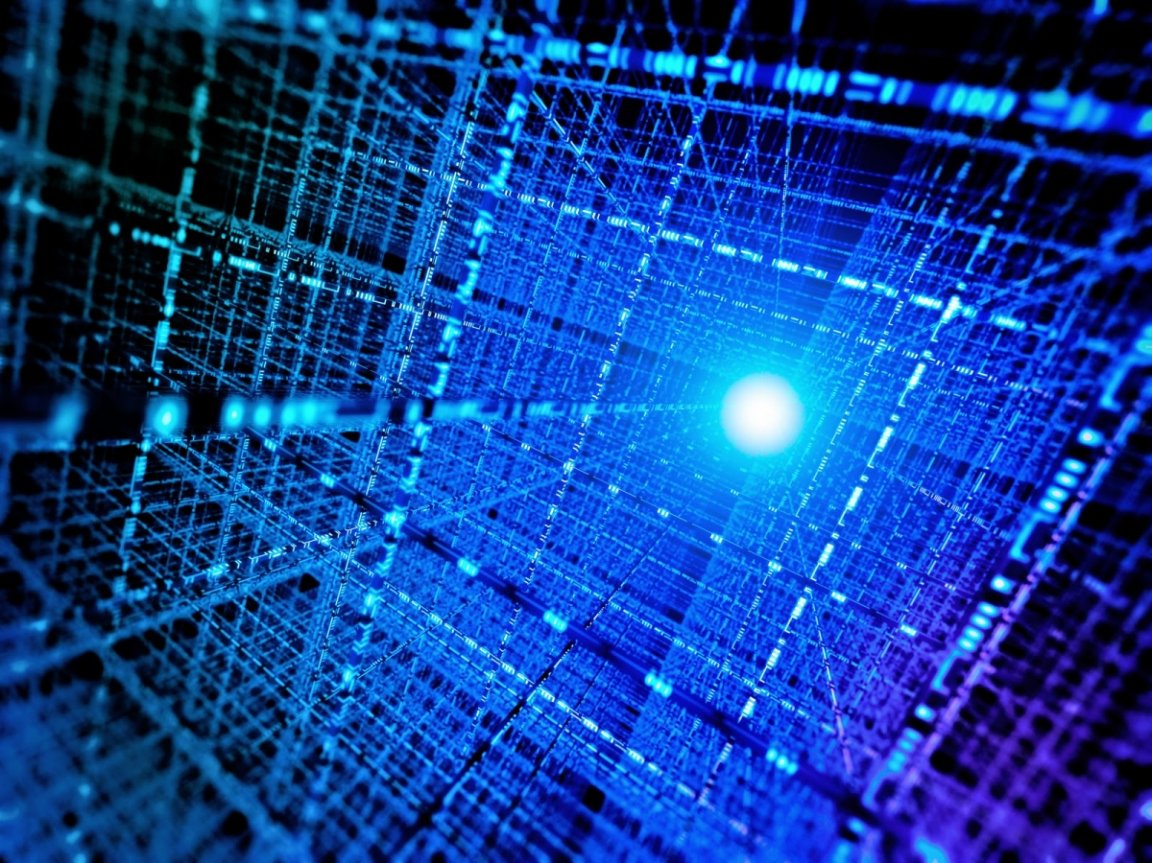
A new Breakthrough
In the most recent publication of Nature Nanotechnology, a team of Australian engineers announced that they have proven that a quantum version of computer code can be written and manipulated using two quantum bits in a silicon microchip. This is notably as, to date, we don’t have a full scale working model of a quantum computer. We have a lot of ideas related to how such devices would work; however, the technology has remained beyond our grasp and doubts linger.
However, this announcement helps to remove any of these lingering doubts regarding whether or not such operations can be made reliable enough to allow powerful quantum computers to become a reality. Ultimately, the team passed with the highest score of the Bell test that has ever been obtained.

How Quantum Computers Work
In traditional computers, data is always rendered in only one of two states, represented by 0 and 1. Quantum computation, unlike what we are used to, uses quantum bits (or qubits) to perform calculations. These exist in both states of 0 and 1 at the same time. This is called “superposition.” By exploiting this condition, qubit operations can perform computations in parallel.
To break this down a bit more, the phenomena uses quantum entanglement, which allows for seemingly counterintuitive phenomena, like the measurement of one particle instantly affecting another – even if they are at opposite ends of the universe. But quantum entanglement is a tricky thing. A measurement known as Bell’s Inequality is a very stringent test to verify if two particles are actually entangled, this is otherwise known as the ‘Bell test’, named for the British physicist who devised the theorem in 1964.
“The key aspect of the Bell test is that it is extremely unforgiving: any imperfection in the preparation, manipulation and read-out protocol will cause the particles to fail the test,” Dr Juan Pablo Dehollain, a UNSW Research Associate and co-lead author of the paper, said in a press release. “Nevertheless, we have succeeded in passing the test, and we have done so with the highest ‘score’ ever recorded in an experiment,” he added.
The UNSW press release clarifies, “the significance of the UNSW experiment is that creating these two-particle entangled states is tantamount to writing a type of computer code that does not exist in everyday computers. It therefore demonstrates the ability to write a purely quantum version of computer code, using two quantum bits in a silicon microchip – a key plank in the quest super-powerful quantum computers of the future.”